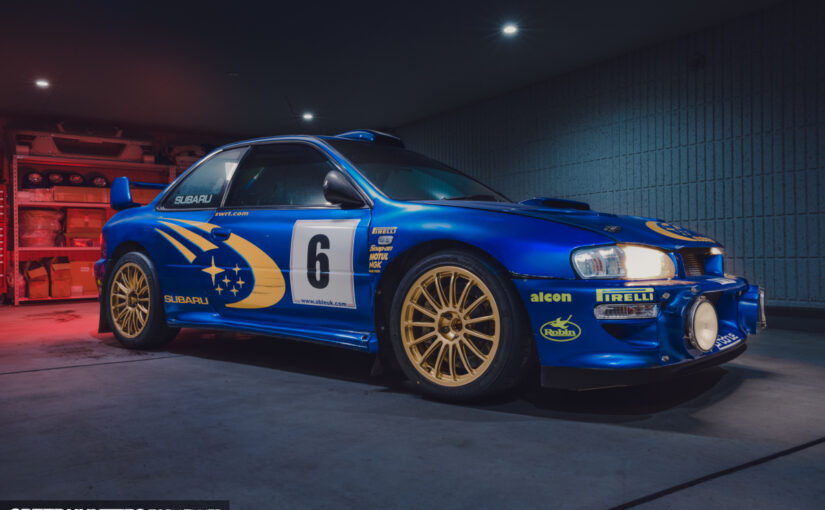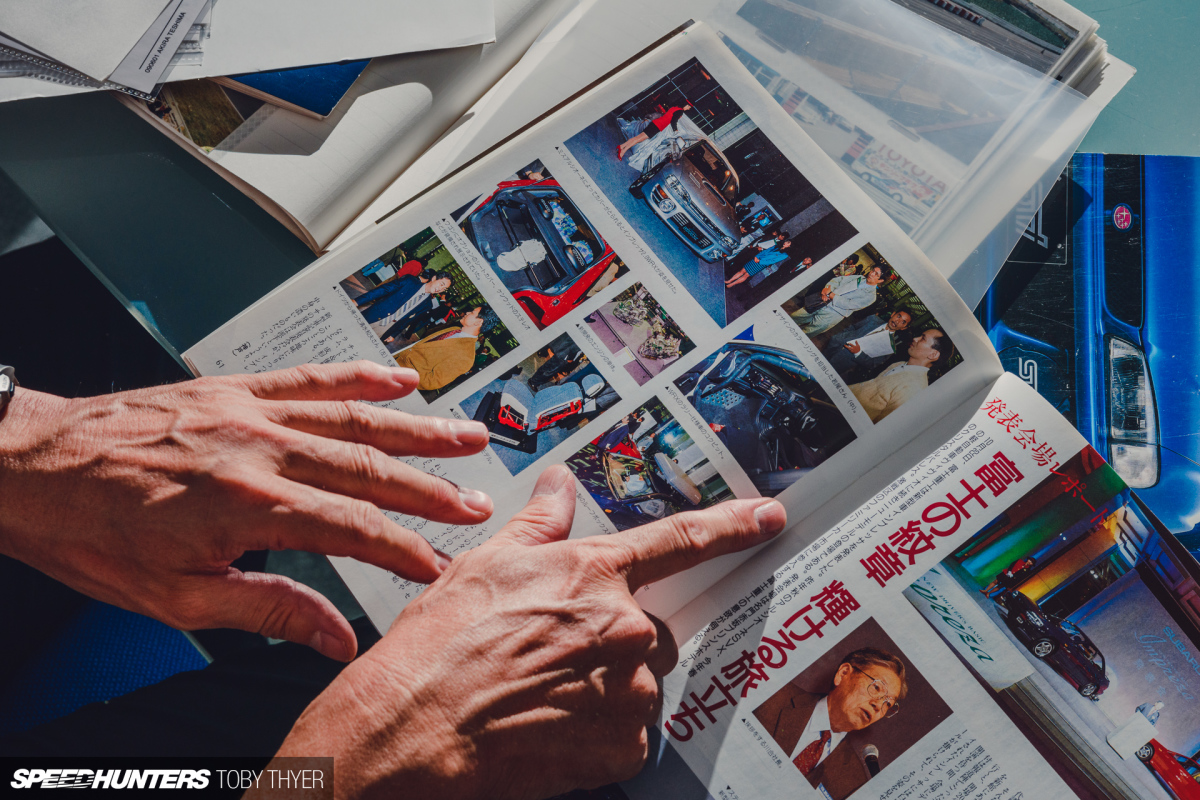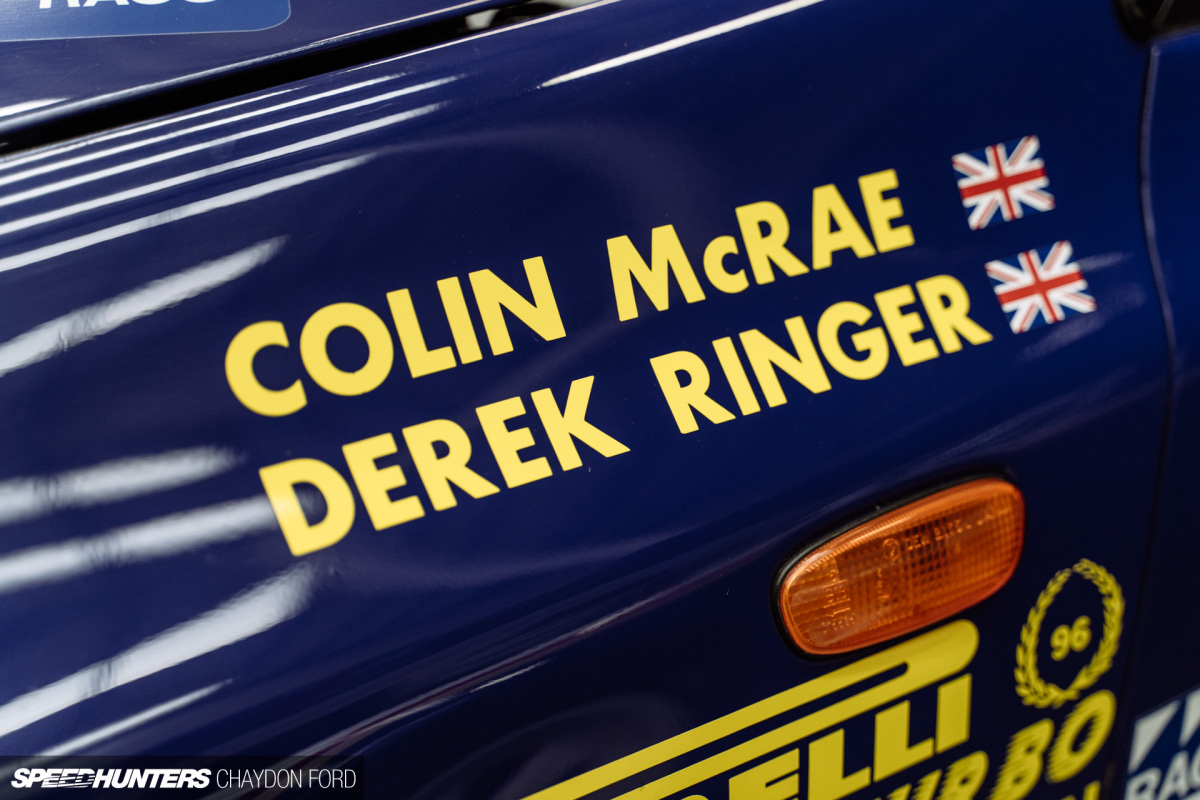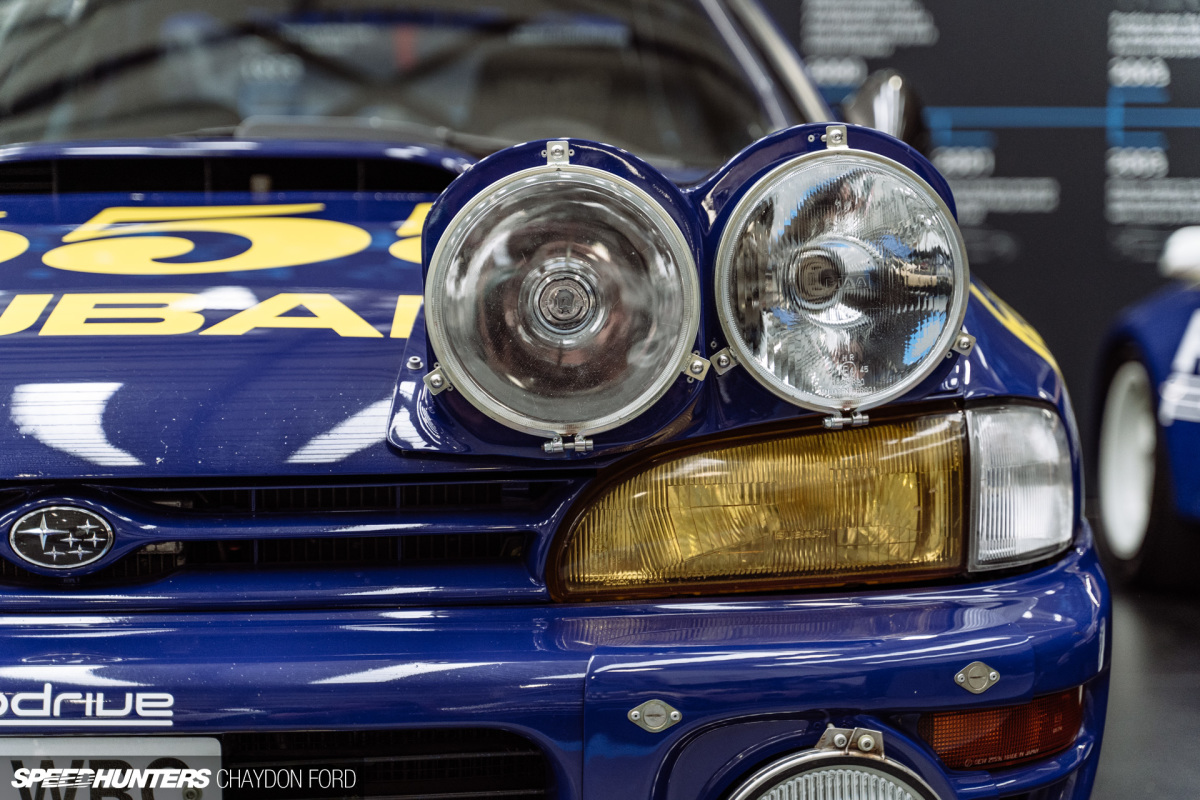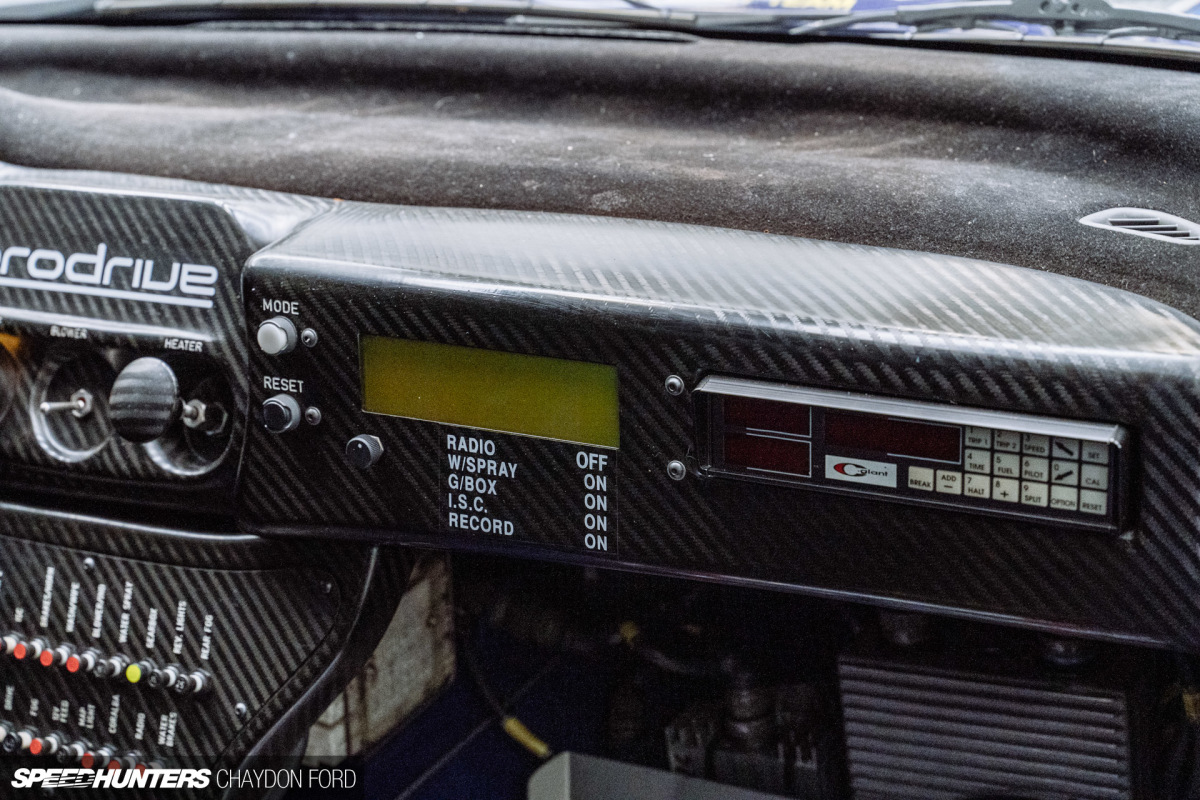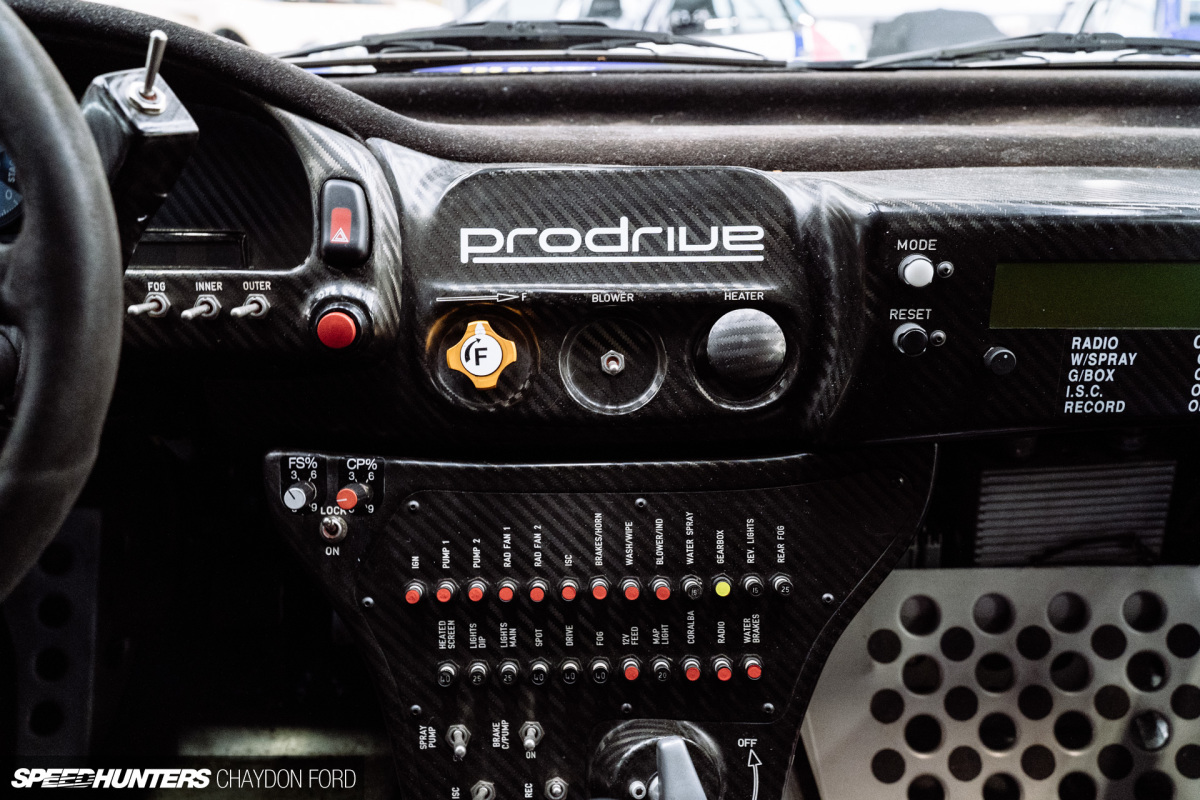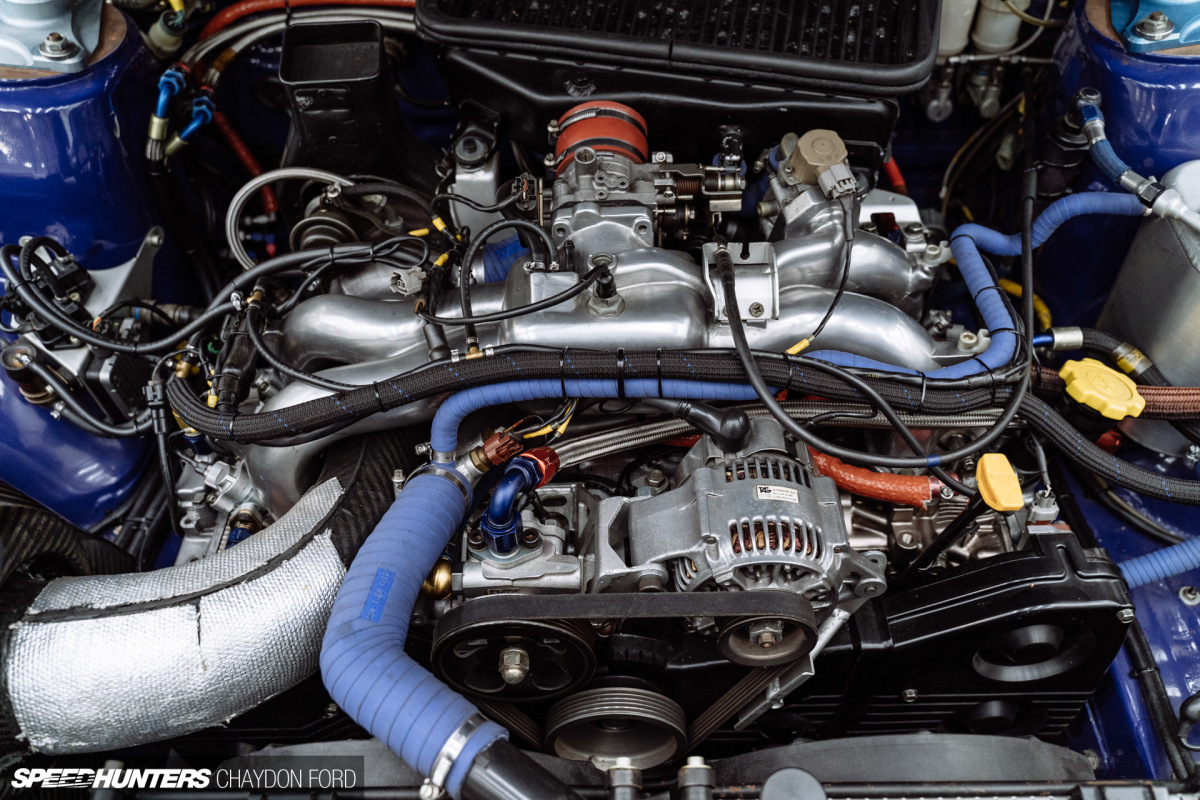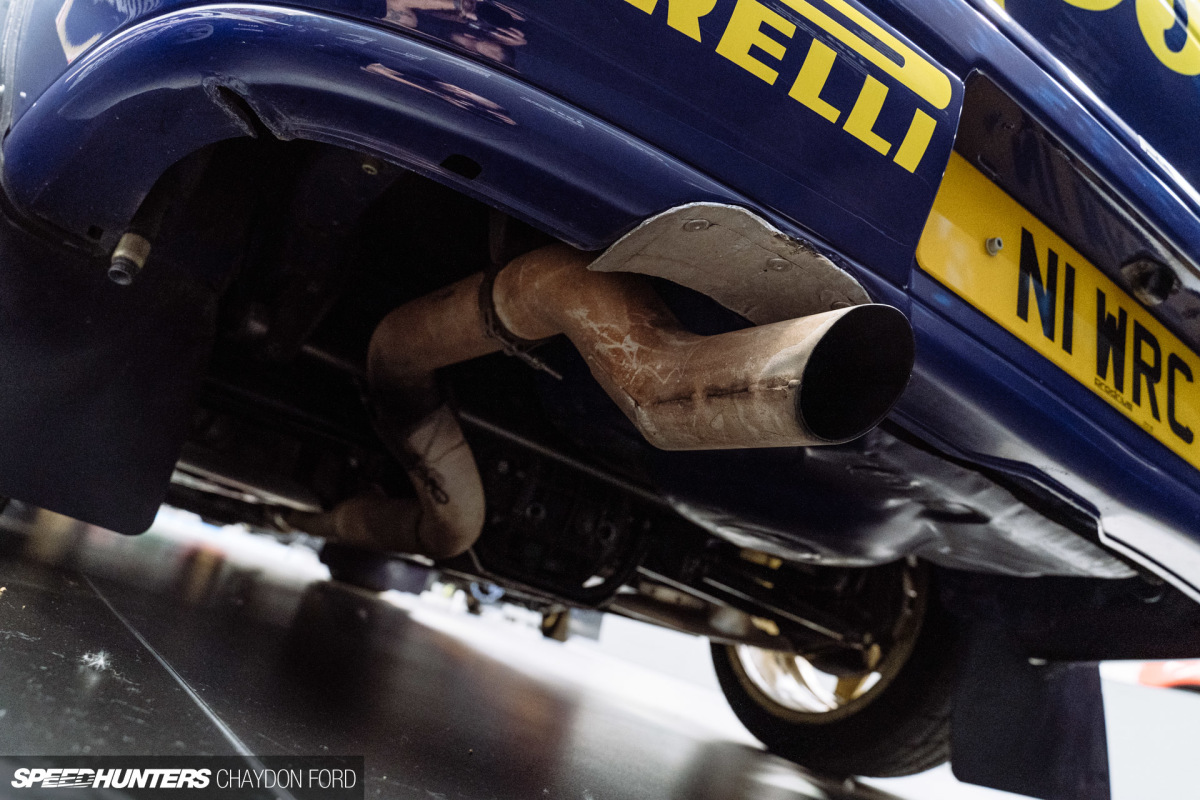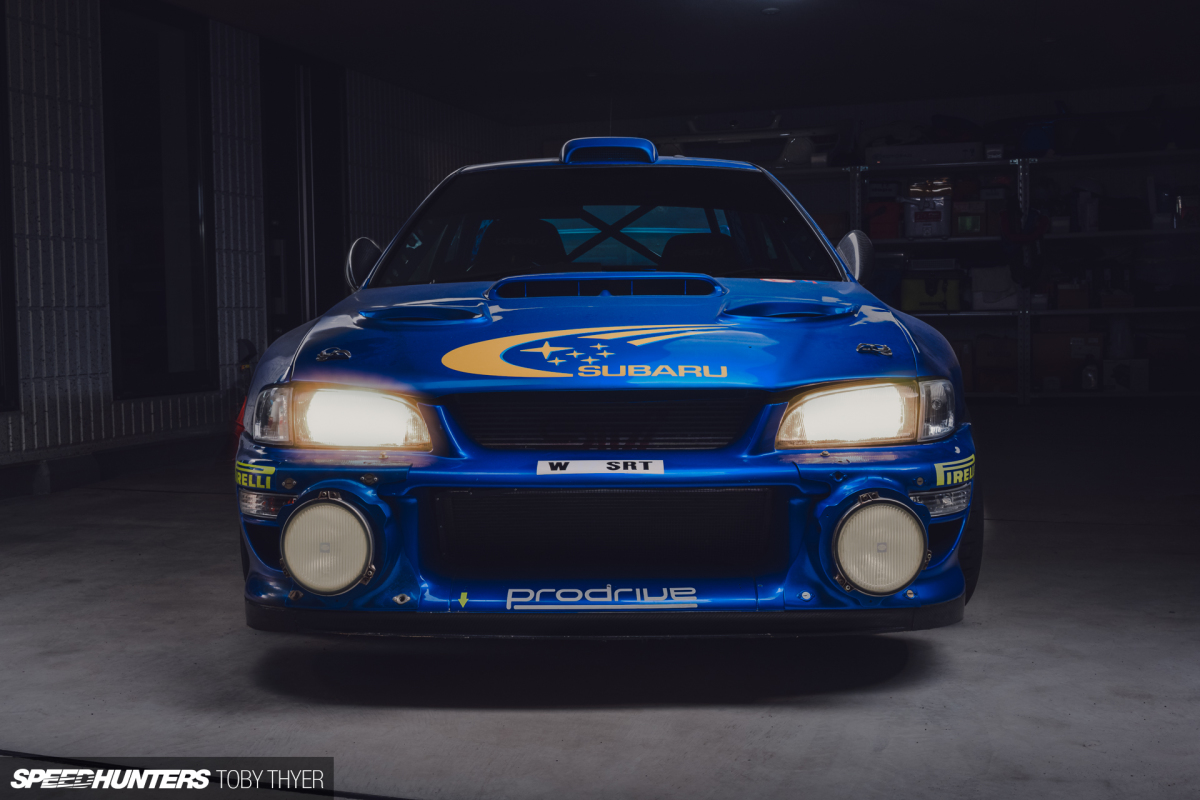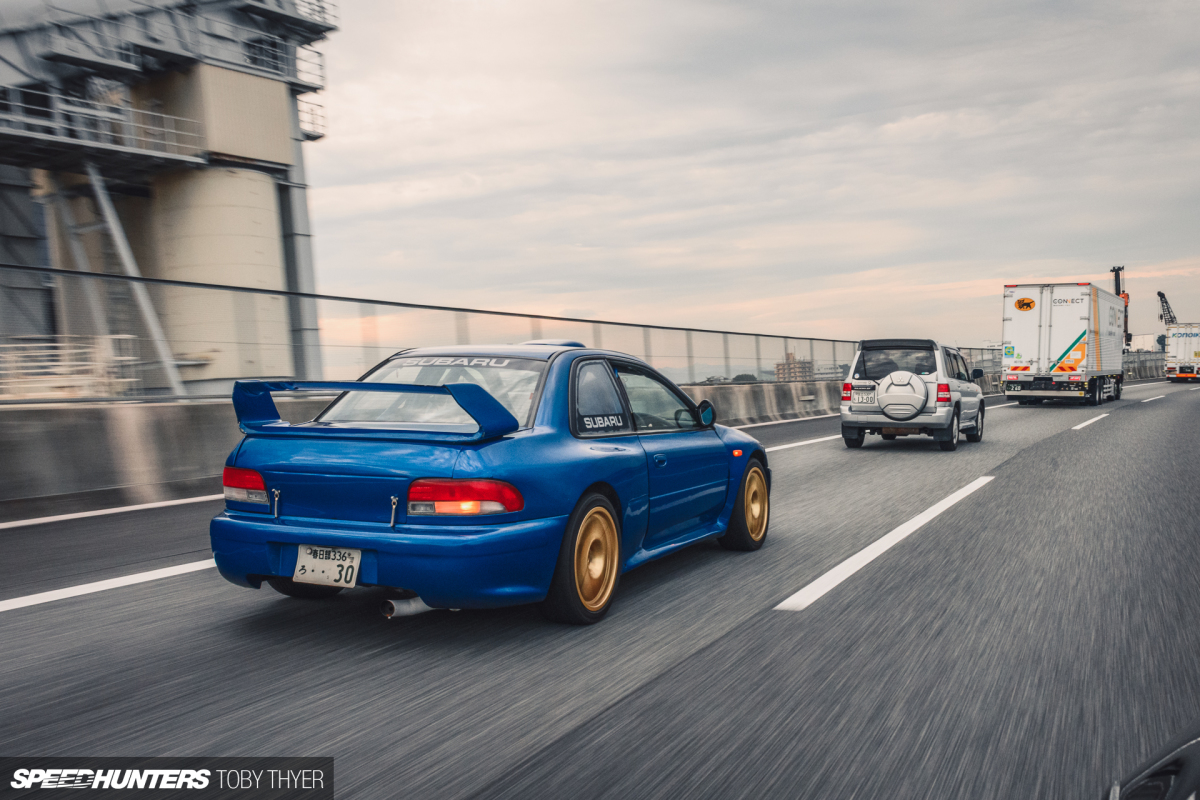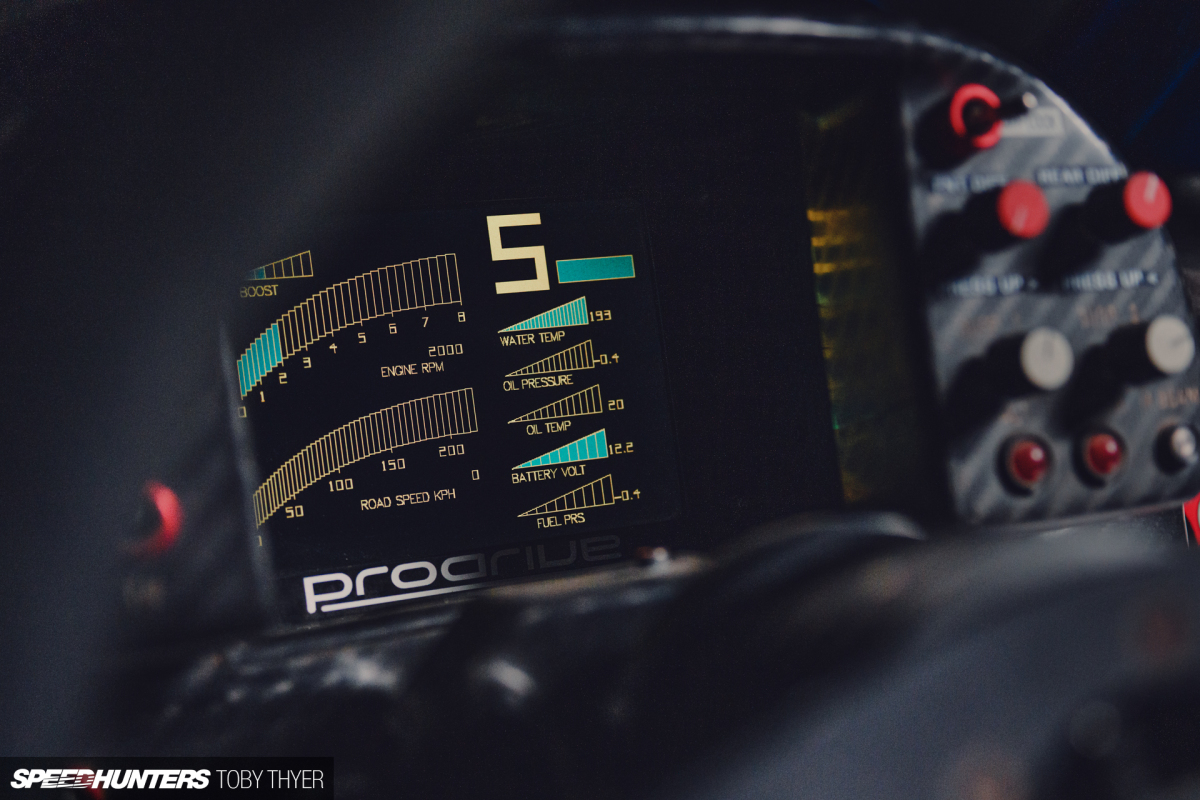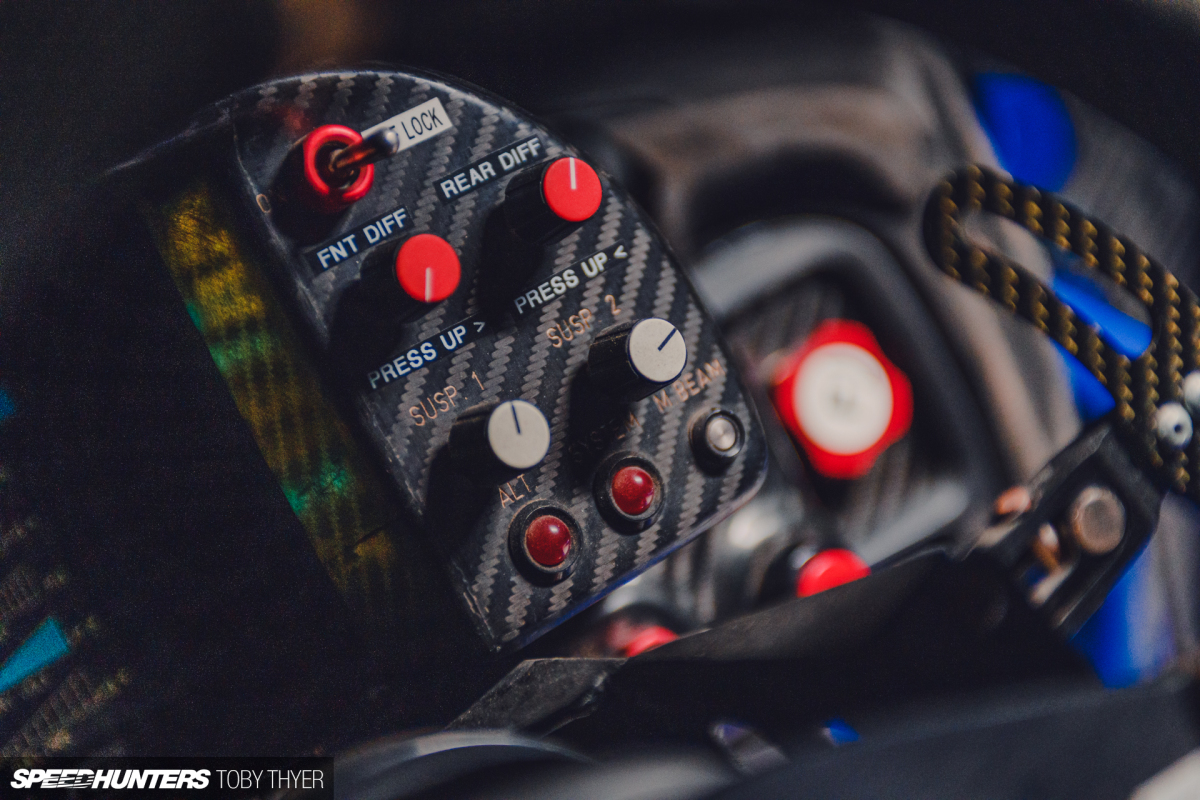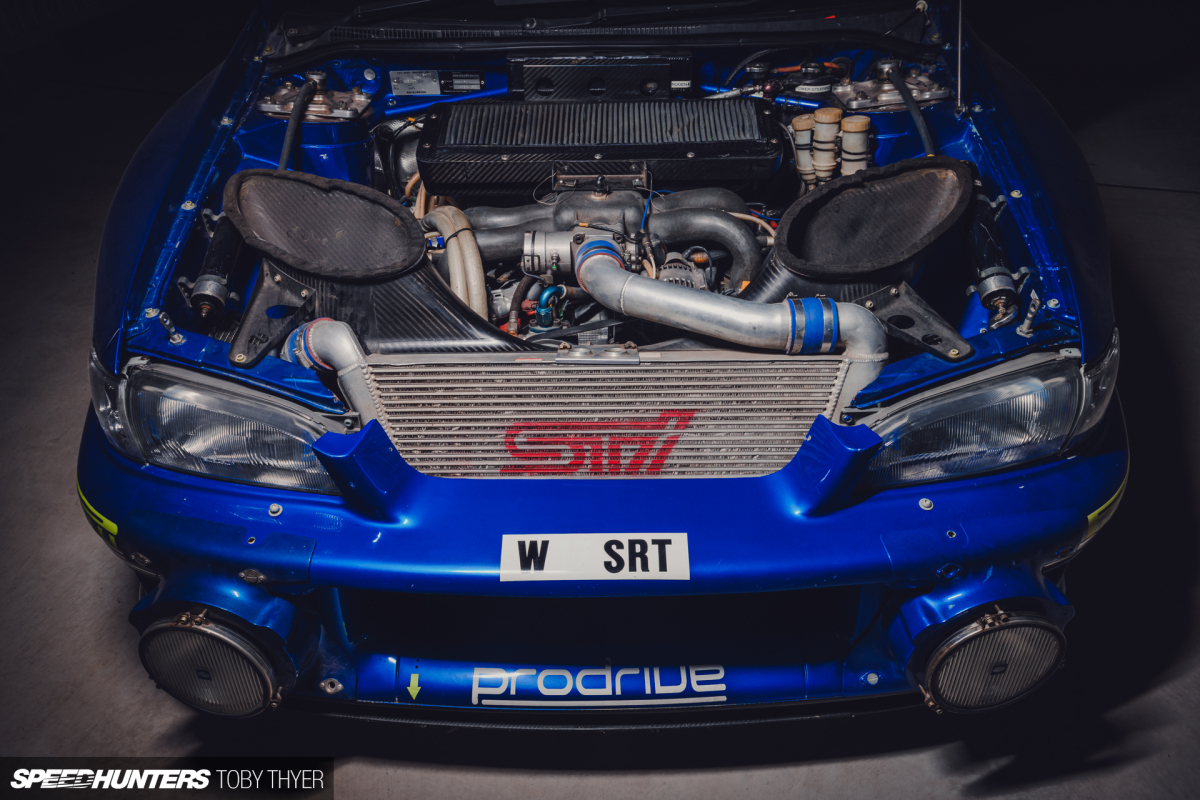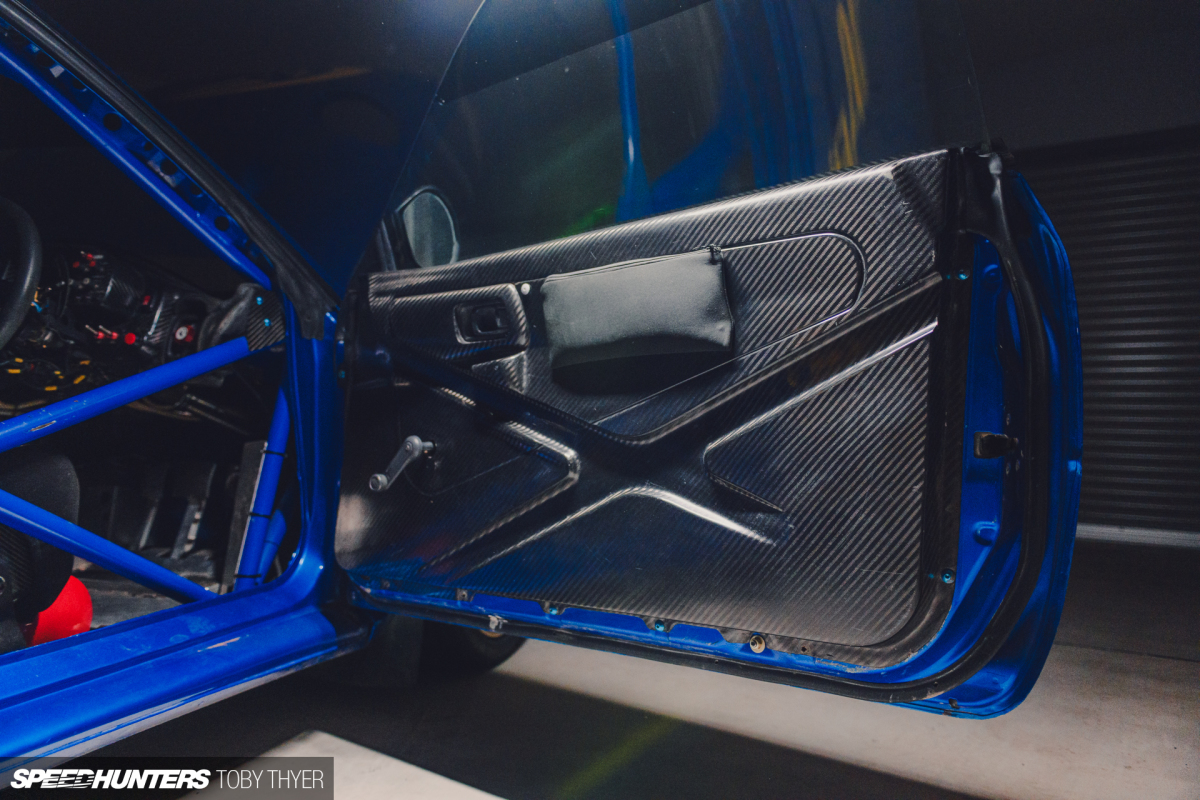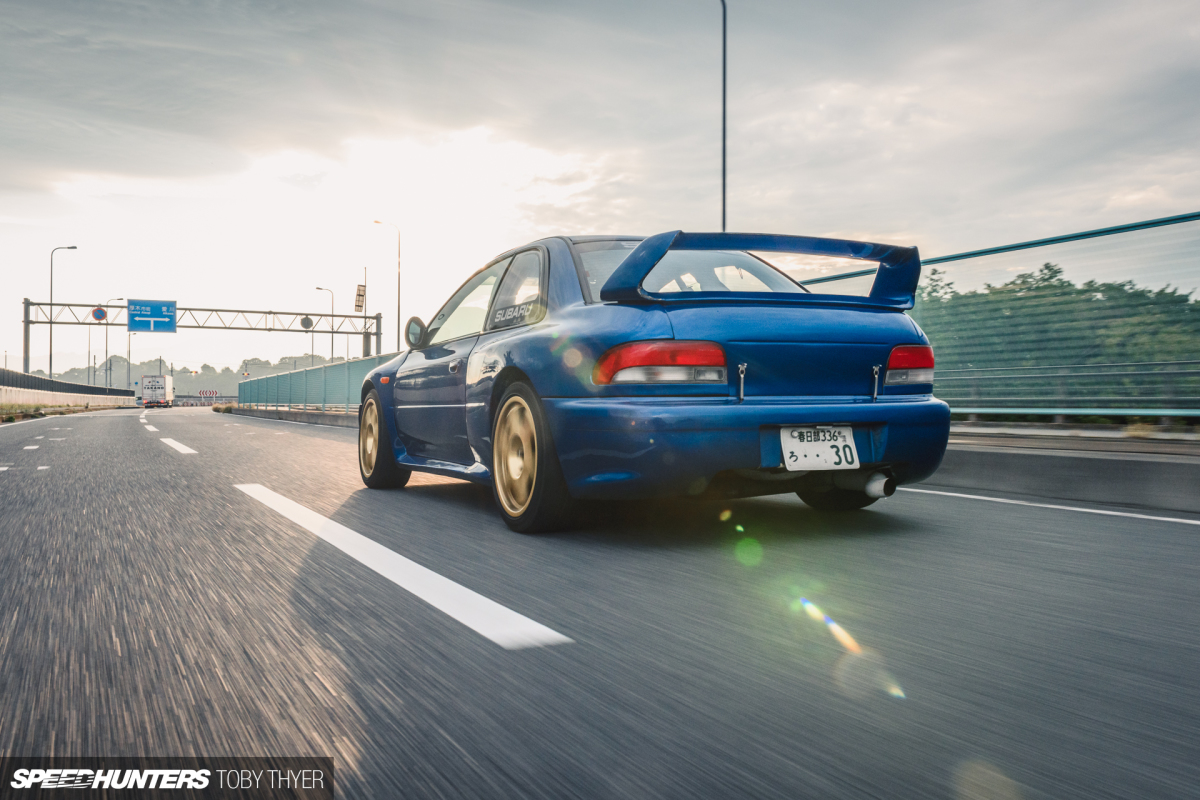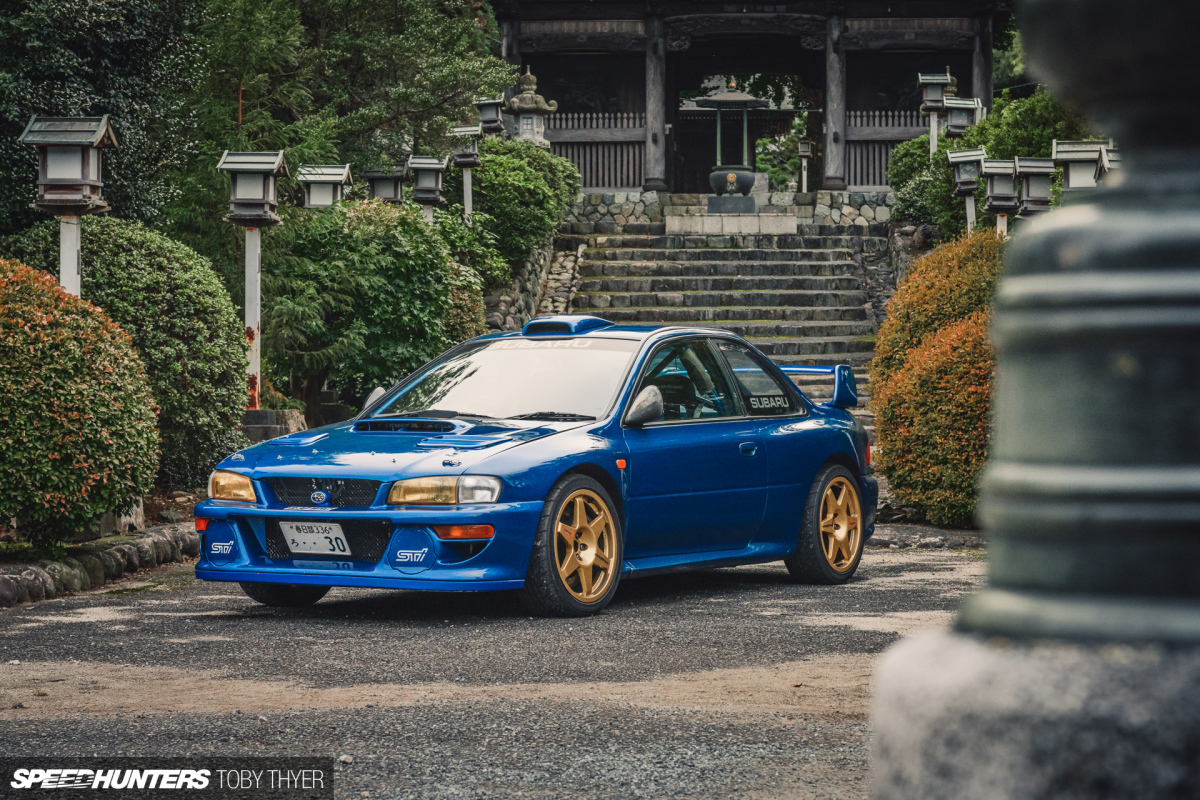<!–
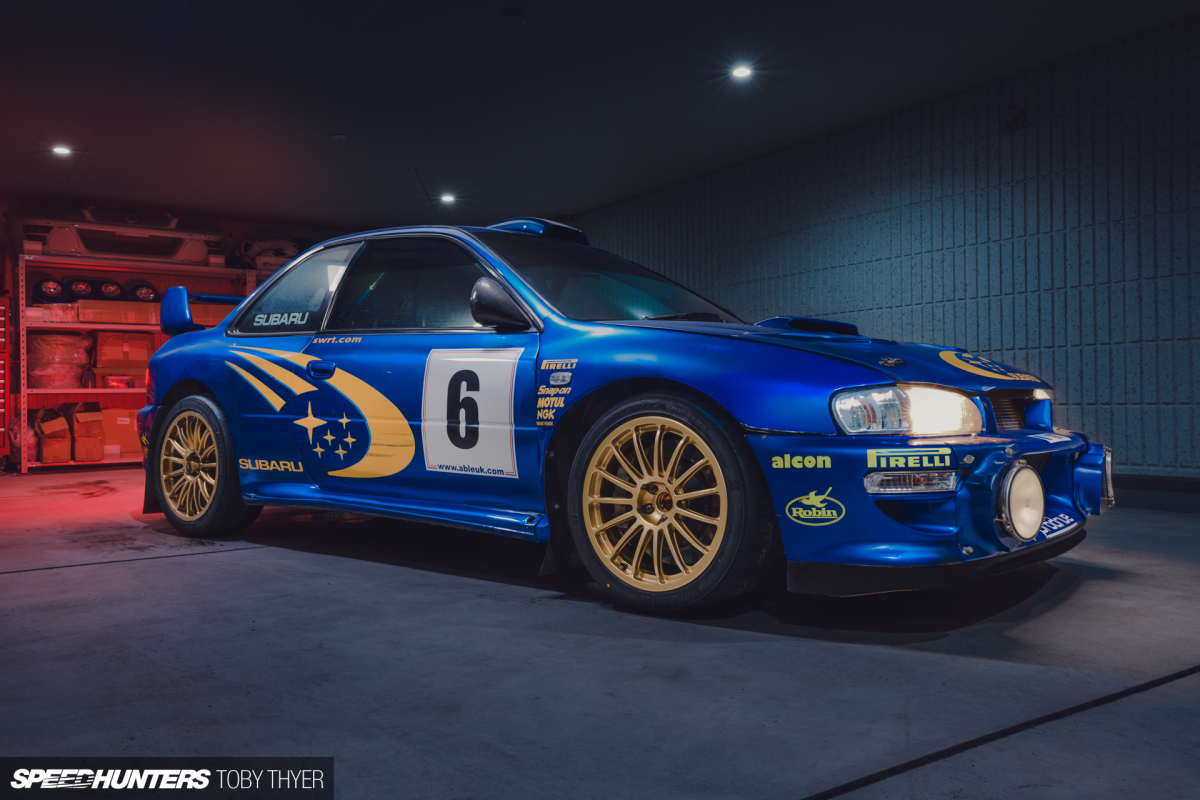
30 years ago, on October 22nd, one of Japan’s smallest car manufacturers debuted a brand new production car destined for the World Rally Championship (WRC). Today, during its birthday month, we celebrate the legendary Subaru Impreza WRX.
You’ve all seen one, and if not you’ve most definitely heard one. The Impreza’s distinctive boxer burble is as recognisable as the famous blue and golden yellow colour palette from its WRC glory days. This is a car that really needs no introduction, but for the sake of ceremony, let’s have a quick recap…
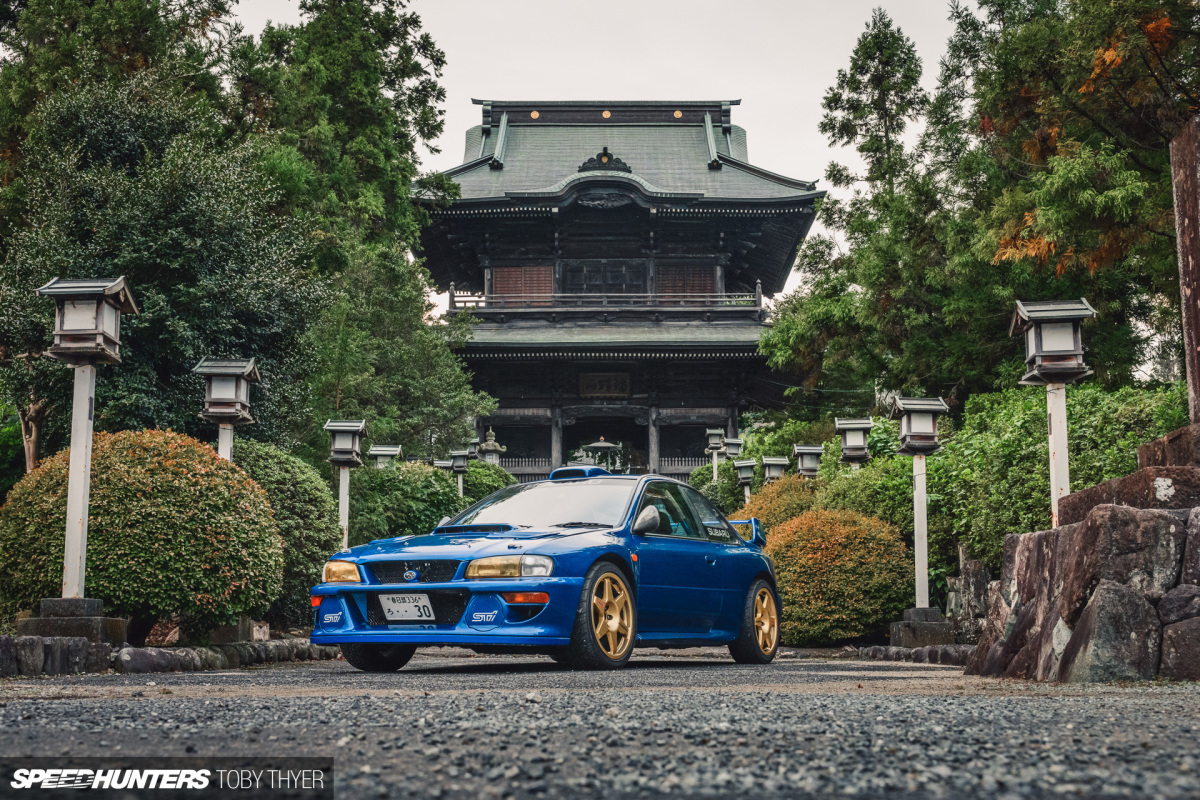
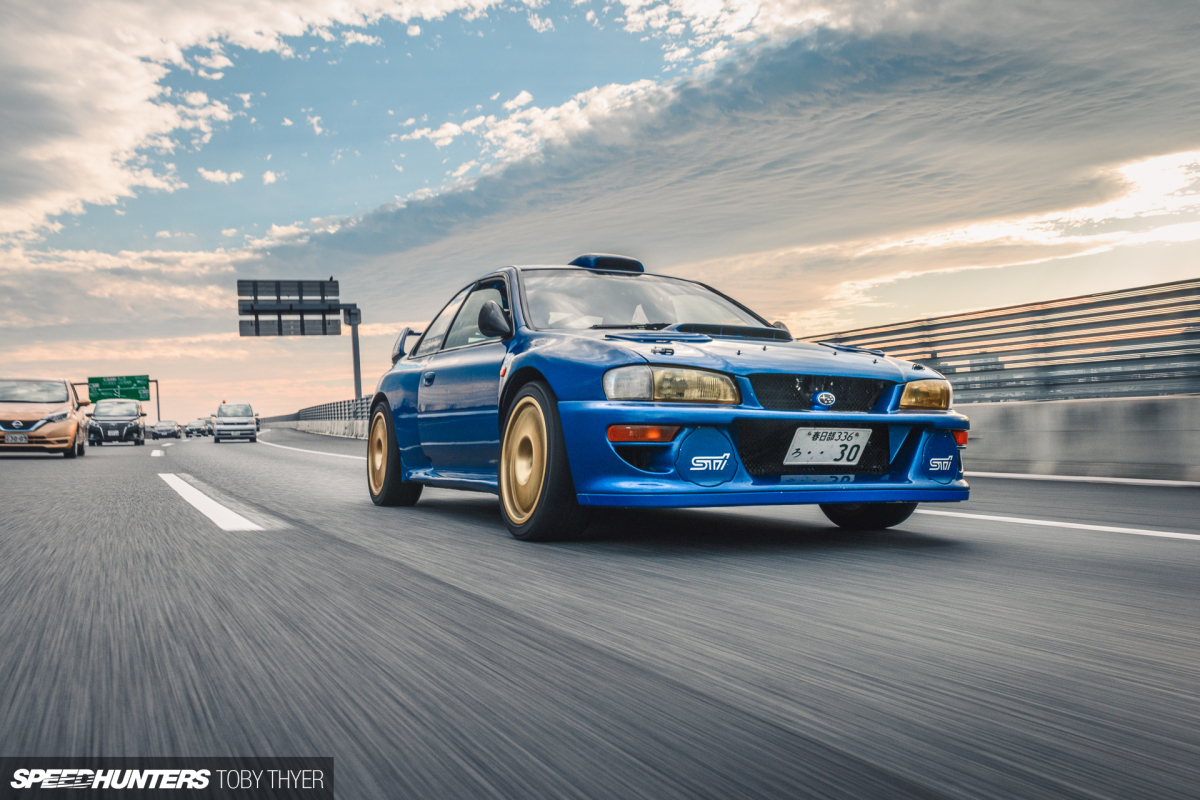
A Star Is Born
Prior to the Impreza WRX’s development, Subaru had, since 1980, been championing their Leone RX Turbo and Legacy RS models on the World Rally Championship stage. Both of those cars used the same recipe that the Impreza would inherit and become famous for: a turbocharged boxer engine mated to a 5-speed transmission sending power to all four wheels via a symmetrical all-wheel drive system.
Subaru finally achieved WRC victory in 1991, with Colin McRae at the wheel of a Legacy.
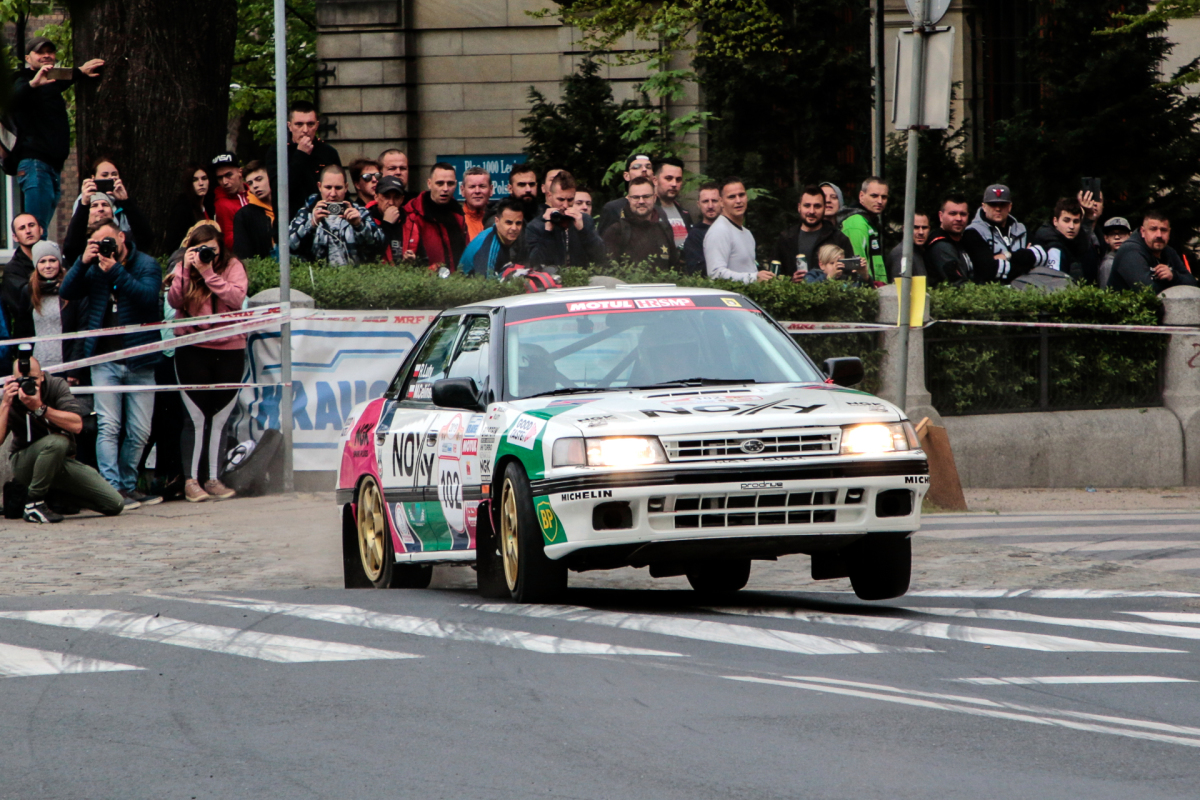
Development of the new Impreza took note of all the little niggles that the Legacy RS had presented, and put all the necessary corrections into a road car destined for rally. Big air scoops built into the front bumper, a large hood scoop for the improved intercooler design, and a rear wing to help with downforce were all design cues that Subaru implemented.
From the get-go, the flagship Impreza model was called the WRX (World Rally eXperimental), a pretty big hint as to its intended purpose the following year.
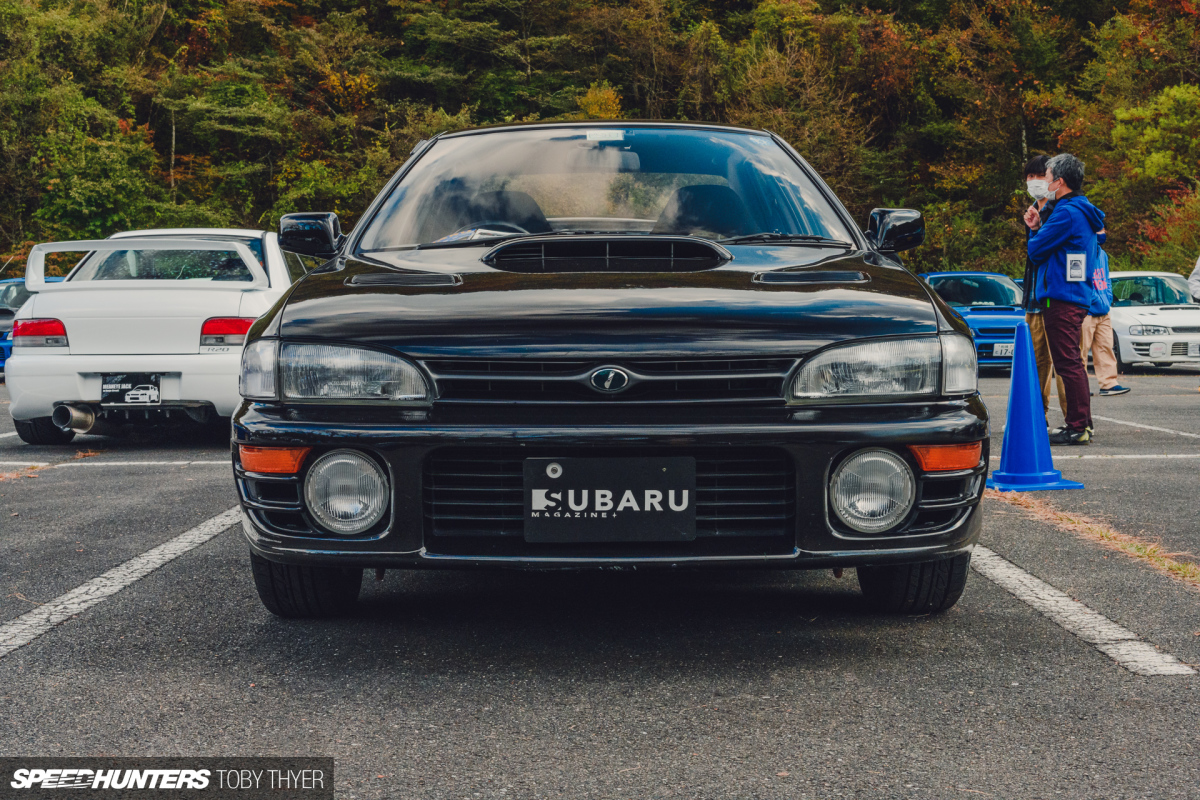
Group A
Development of the Impreza was guided by Prodrive, and when I met with Akira Teshima (one of the original designers of the car) last year, he told me that rally was very much on their minds. In fact, the front air ducts of the WRX were heavily influenced by the front end of another successful rally car – the Lancia Delta Integrale.
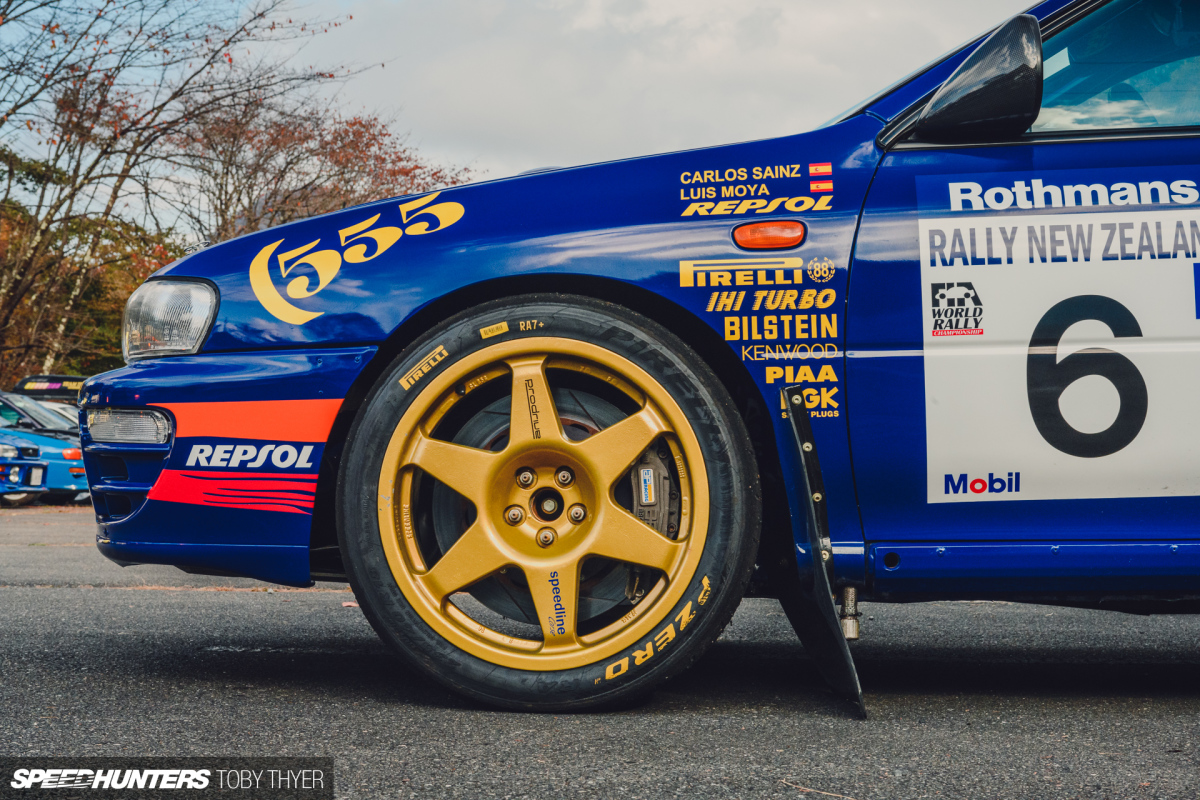
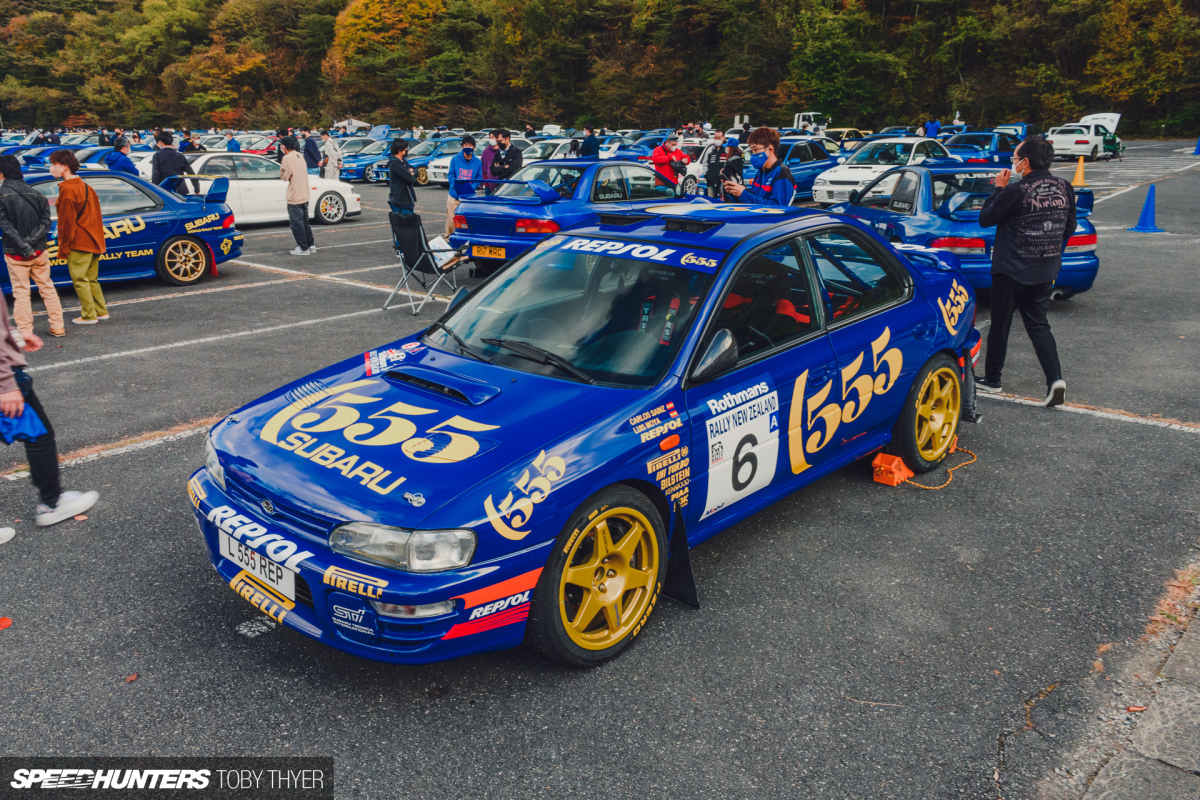
When the Impreza first appeared on World Rally Championship special stages in 1993, it hit the ground running (after flying over a long crest of course). It would have almost certainly taken victory on its first event if the windshield hadn’t fogged up, making it impossible for driver Ari Vatanen to see where he was going.
There were quite a few works cars prepared by Prodrive, some of the famous ones recognisable by their licence plates – N555 BAT, L555 REP (pictured above) and the most coveted of them all, N1WRC.
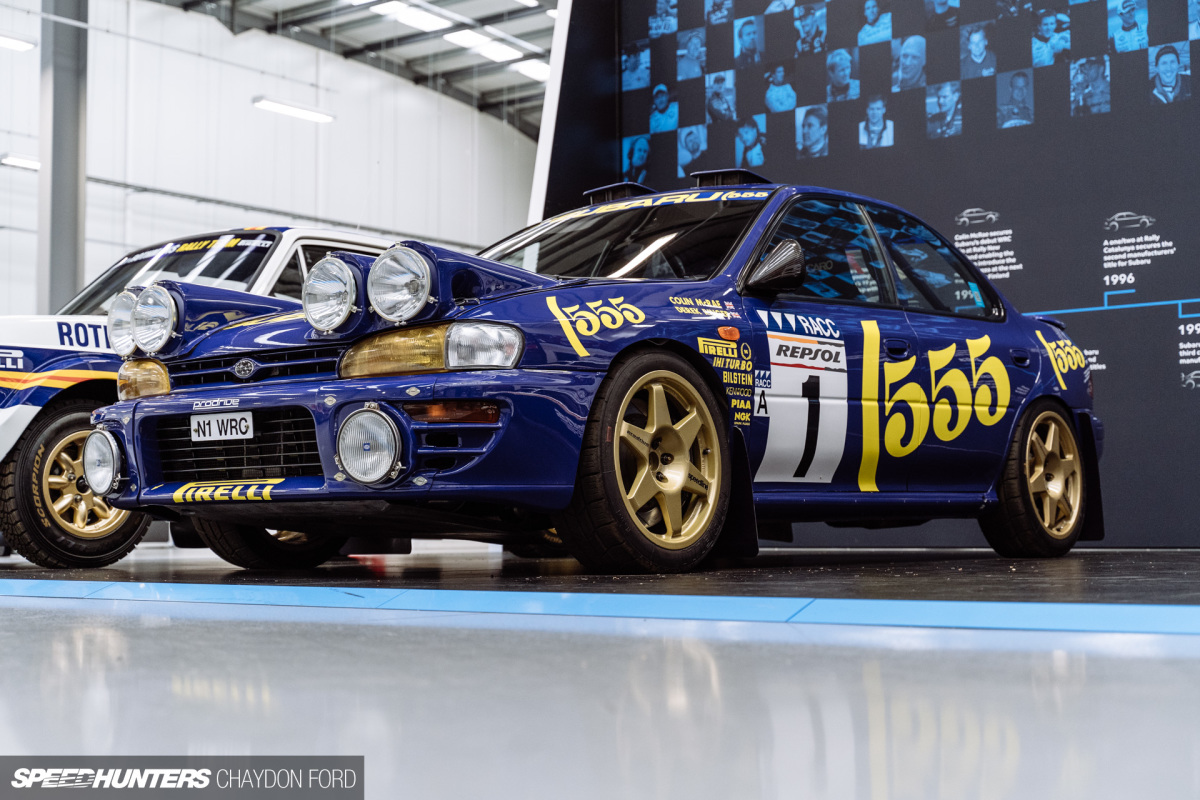
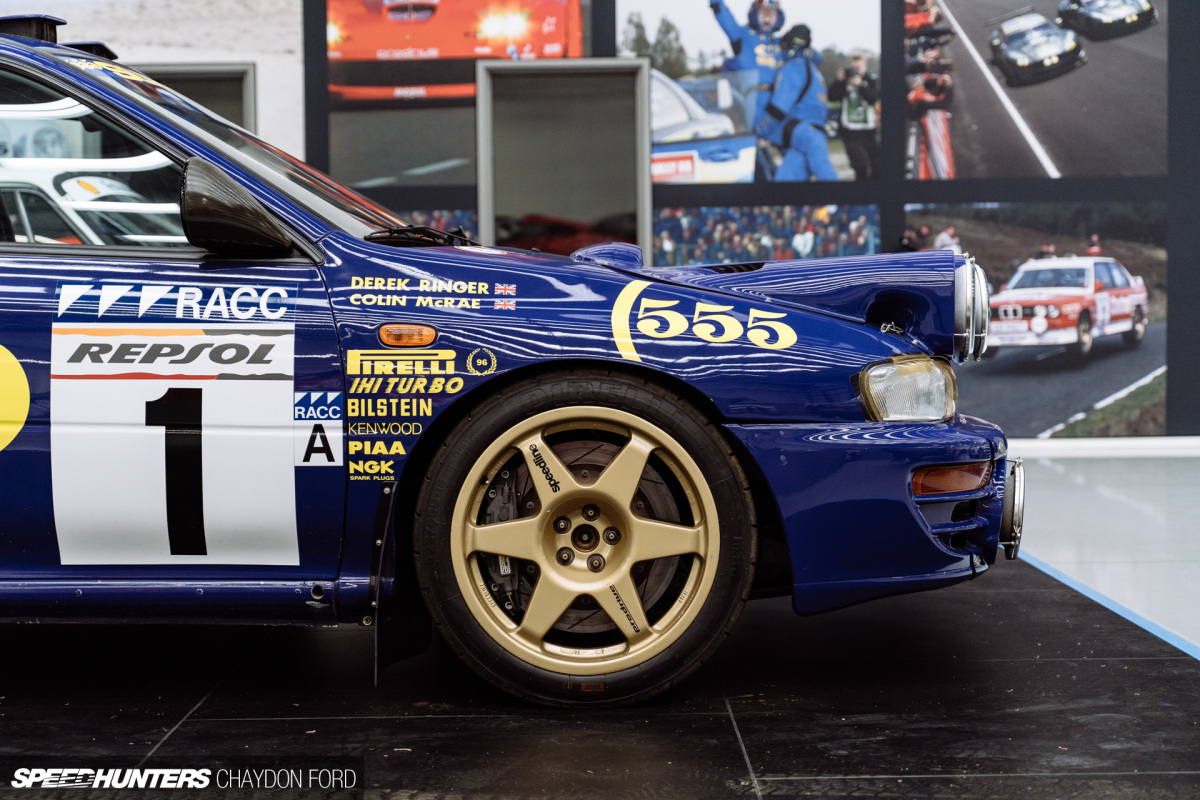
This is the car that Colin McRae won the 1995 World Rally Championship in.
Today, this car is kept safe at Prodrive headquarters. Not only is it an important piece of rally history, but also testament to the sheer brilliance of Prodrive and the Scottish driver who took them to the top.
Group A was Subaru’s most successful period in rallying, with lessons learned from the Legacy rally program applied to the newly-released Impreza model. Group A regulations mandated a strict set of technical guidelines, but as with any high-end motorsport, a degree of interpretation followed.
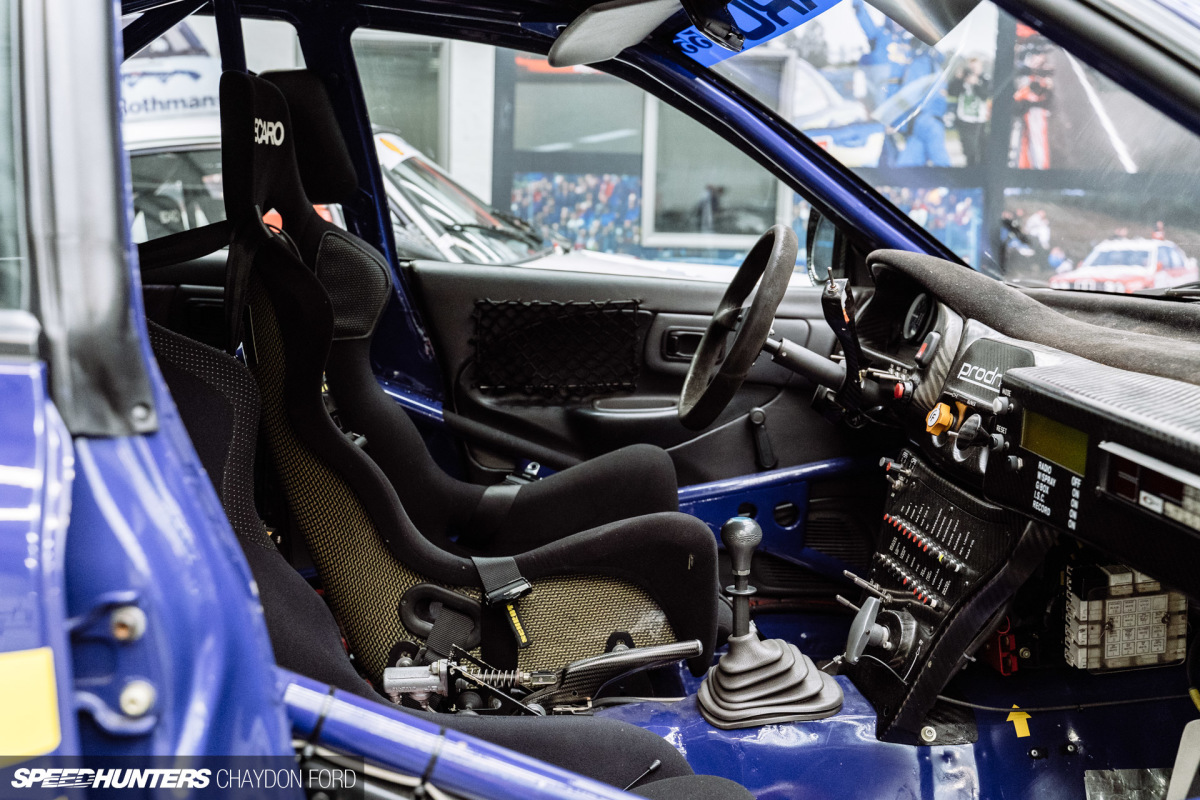
Subaru pulled no punches when it came to their production model for Group A homologation – the STI (Subaru Tecnica International) Type RA. There were no concessions to comfort; no air-conditioning, ABS or electric windows inside, and a redundant 5th injector in the intake manifold, aluminium bonnet and more aggressive differentials fitted externally. The Group A rally car then went a step further and introduced active differentials, a first in the WRC.
With McRae, Sainz and Vatanen (amongst others) in the drivers’ seats over the term, Subaru had a winning combination.
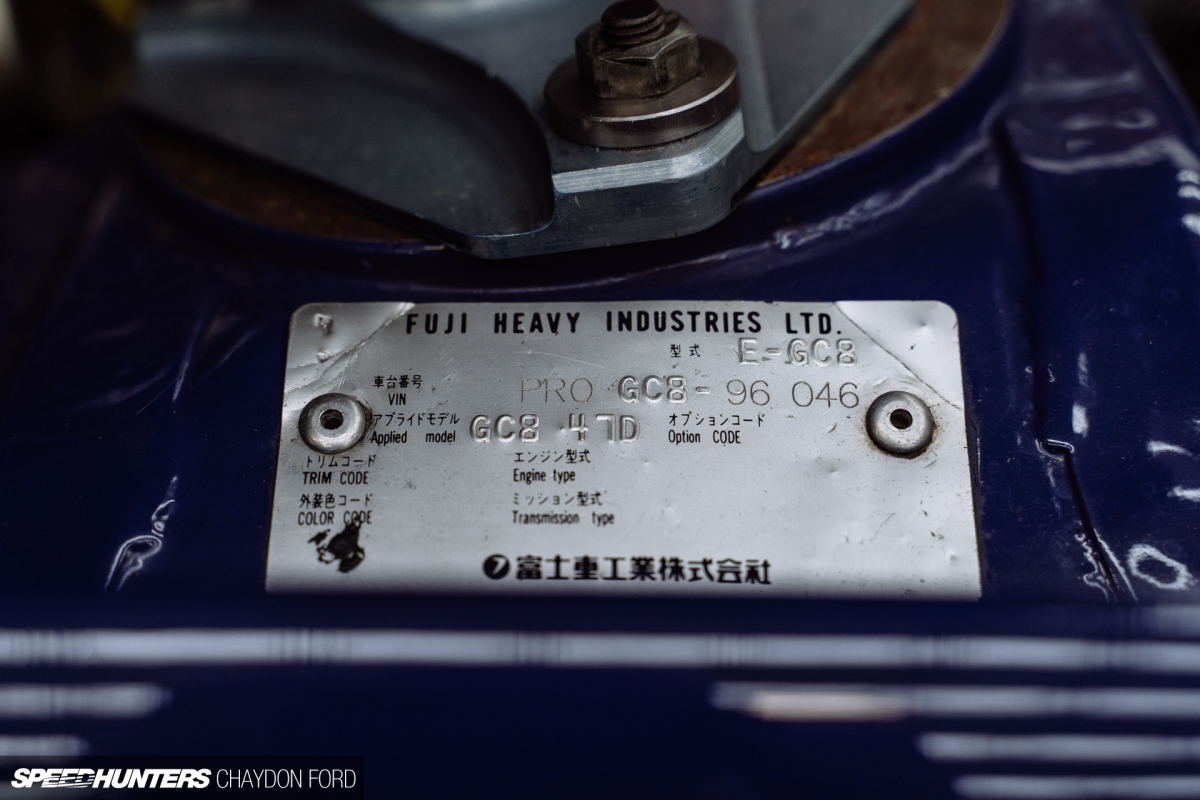
The Impreza World Rally Car
In 1997, the FIA simplified the rules, ditching Group A in favour of a new set of restrictions (or lack of). This gave way to the World Rally Car era.
Motorsport’s governing body wanted to attract more manufacturers into the sport, so changed the number of production cars required for homologation and gave a little more leash on modifications, harking back to the glory days of Group B rallying.
Subaru decided to throw all its resources into building a new Impreza to take advantage of the new regulations. This is when things started getting spicy.
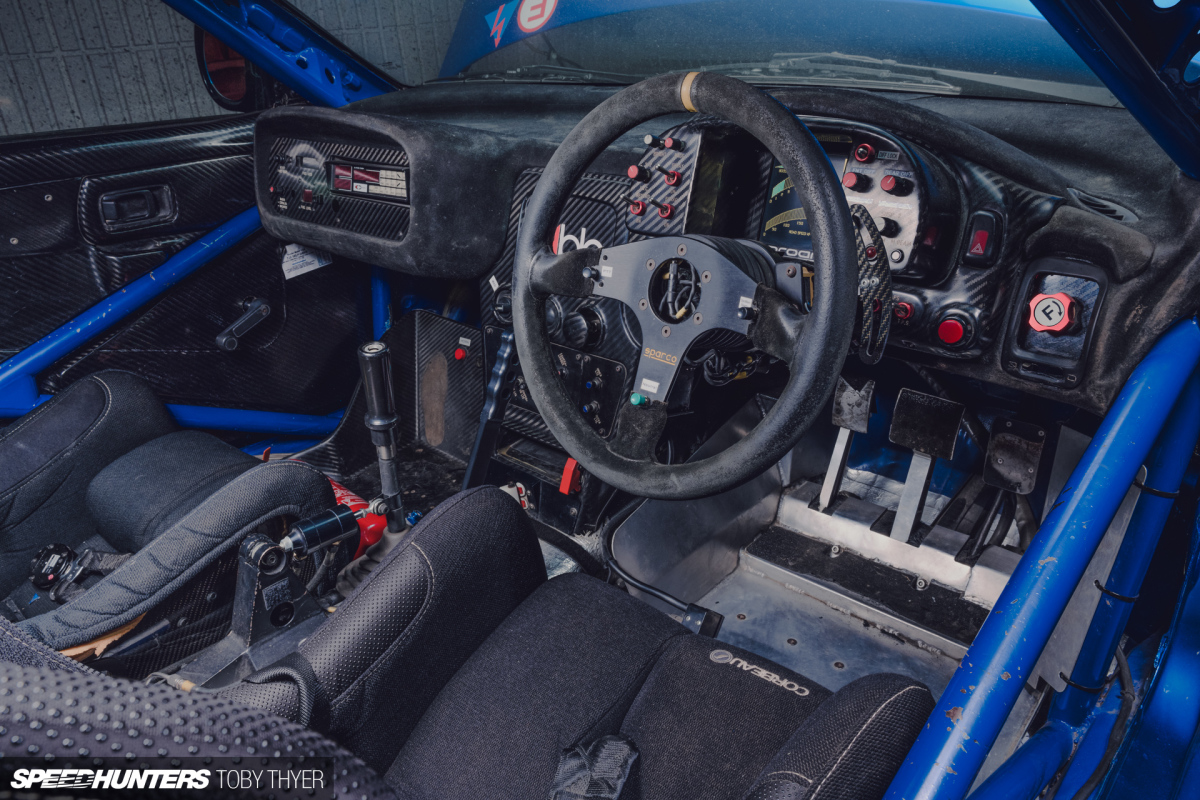
Nothing says late-1990s than bold colours and rock star attitudes. The new Subaru WRC car had both in spades.
Prodrive turned to McLaren designer Peter Stephens to conceive an iconic car that would stand out from the competition. The new car was based on the two-door coupe version of the Impreza, with 80mm extra width, sculpted in clay and tested at the MIRA aerodynamic wind tunnel in the UK.
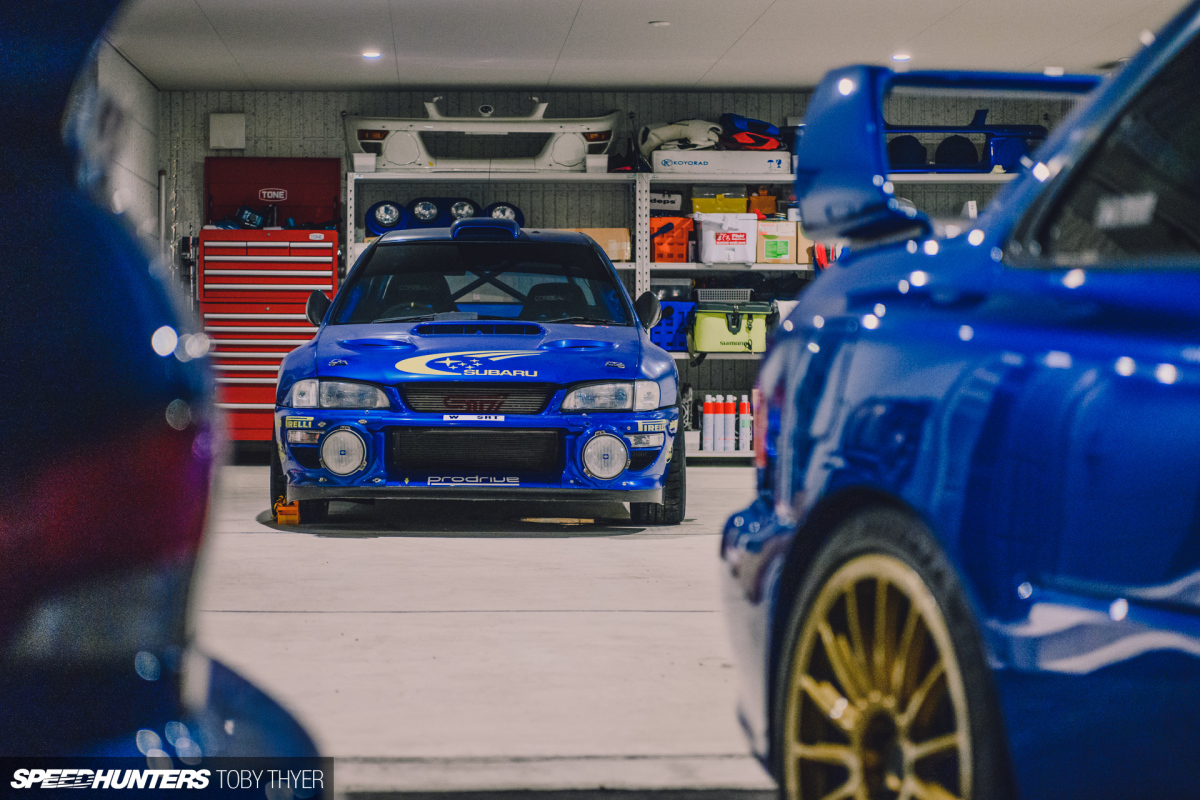
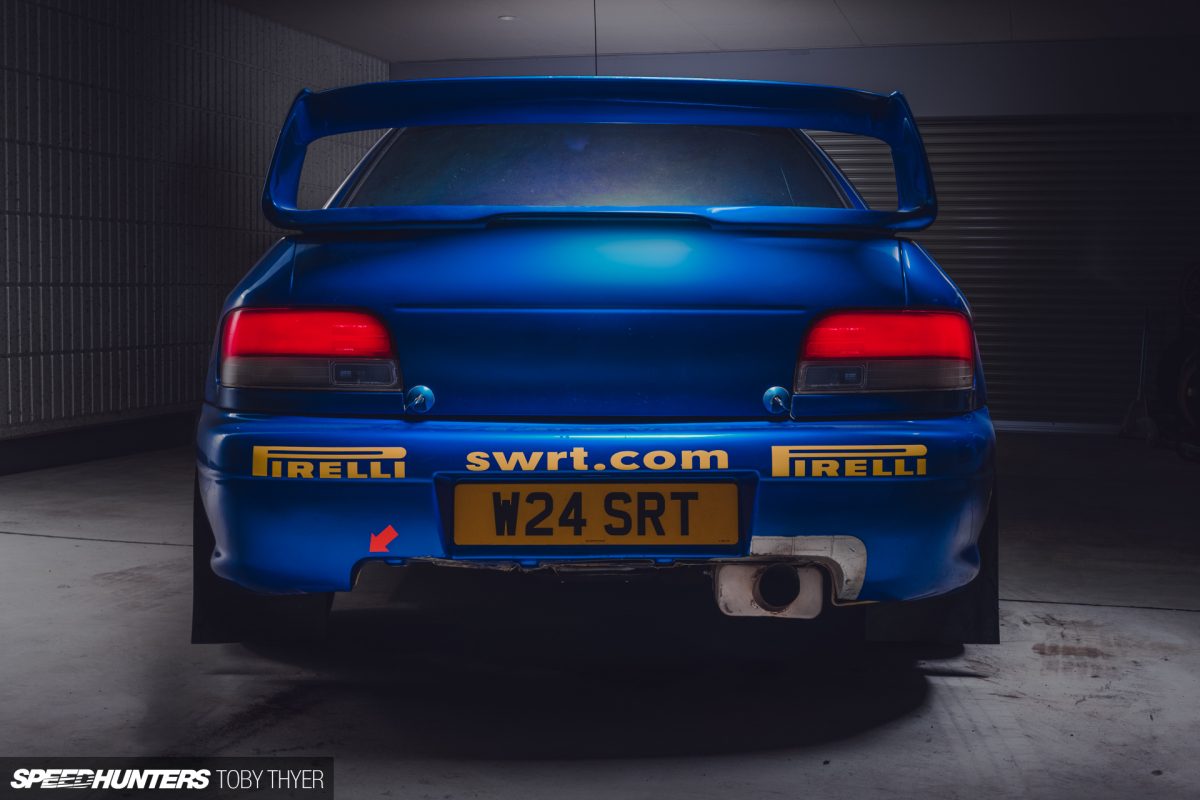
The new car was far more balanced than its predecessor; the Group A machine had more lift than downforce, so the work carried out by Peter Stephens helped immensely in this respect. The side skirts, front bumper, larger front splitter and now unmistakably Subaru rear wing all helped to quell the original car’s tendency to waft rather than stick.
That, and everything else, transformed the rally car into something other-worldly compared to the production road car.
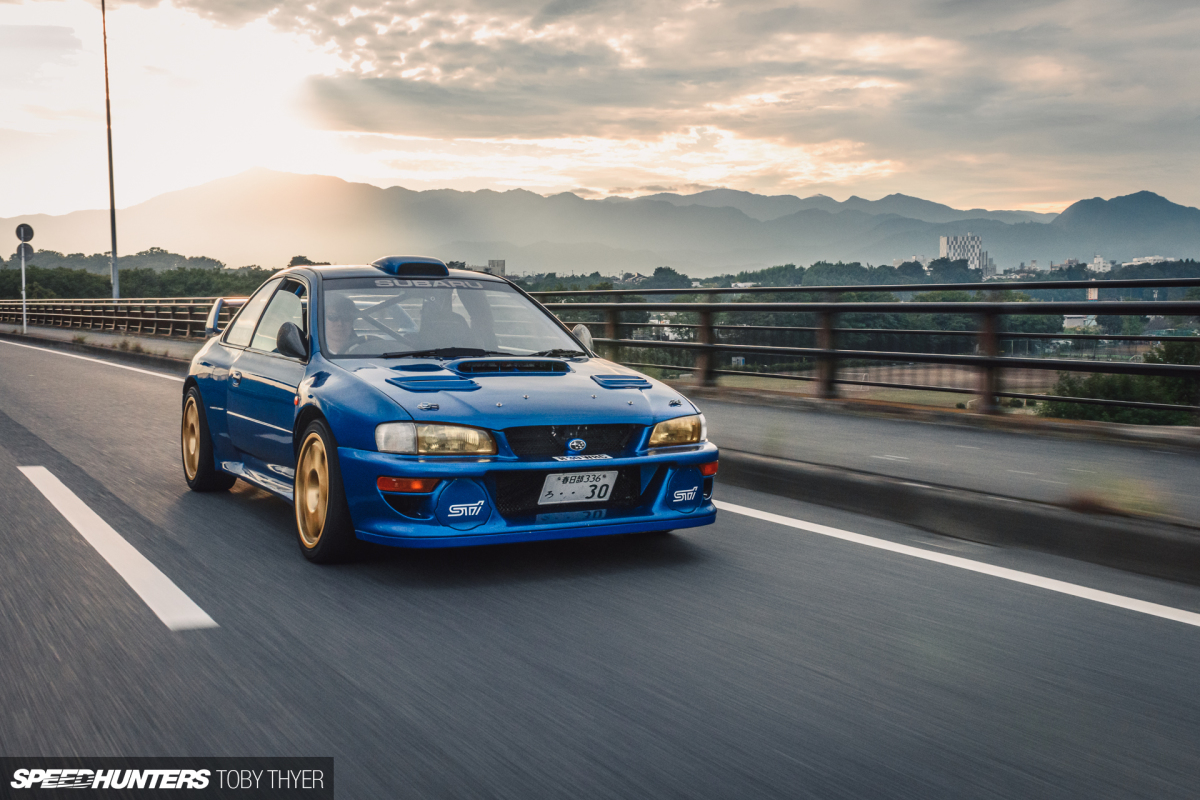
But the new cars not only looked like rock stars, they performed like virtuosos. Working under Subaru World Rally Team technical director David Lapworth, the team at Prodrive pioneered a few technical advancements on the Impreza which would later become standard fare for all WRC cars. Hydraulically-controlled paddle shift transmissions and electronically adjustable suspension were two things that gave the Impreza an edge in competition.
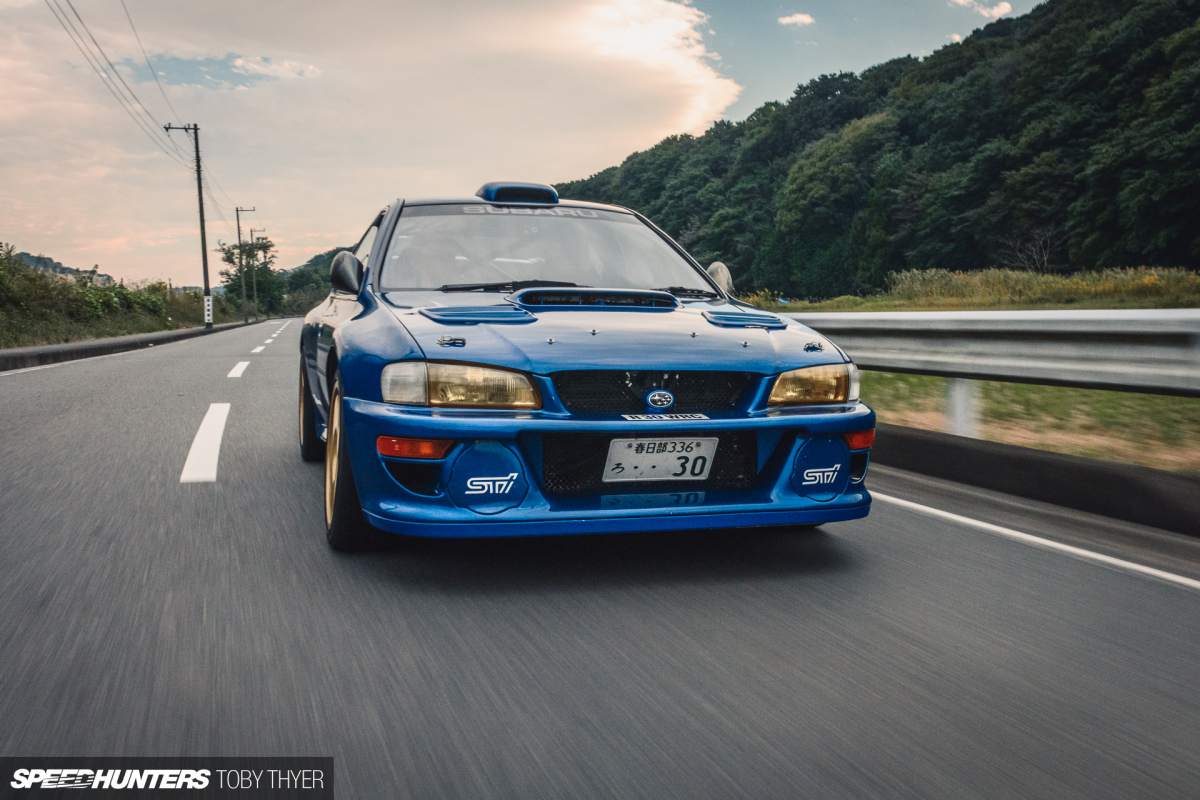
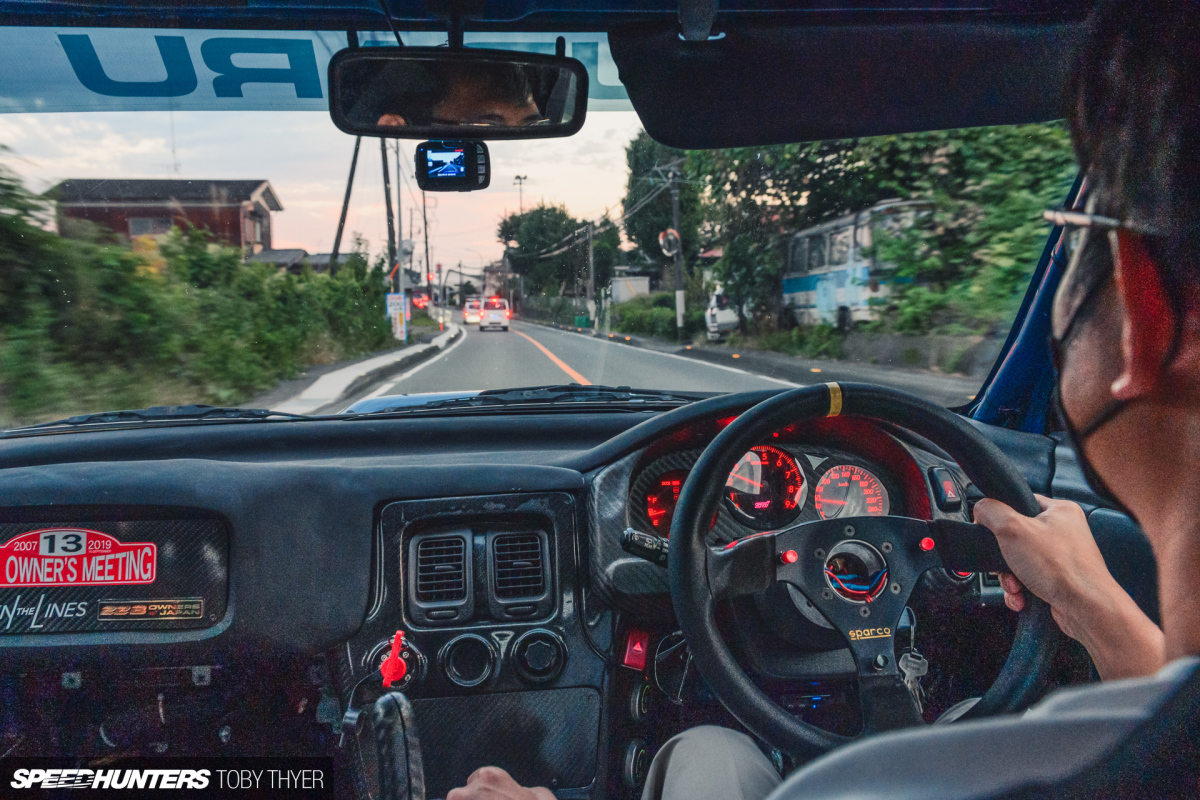
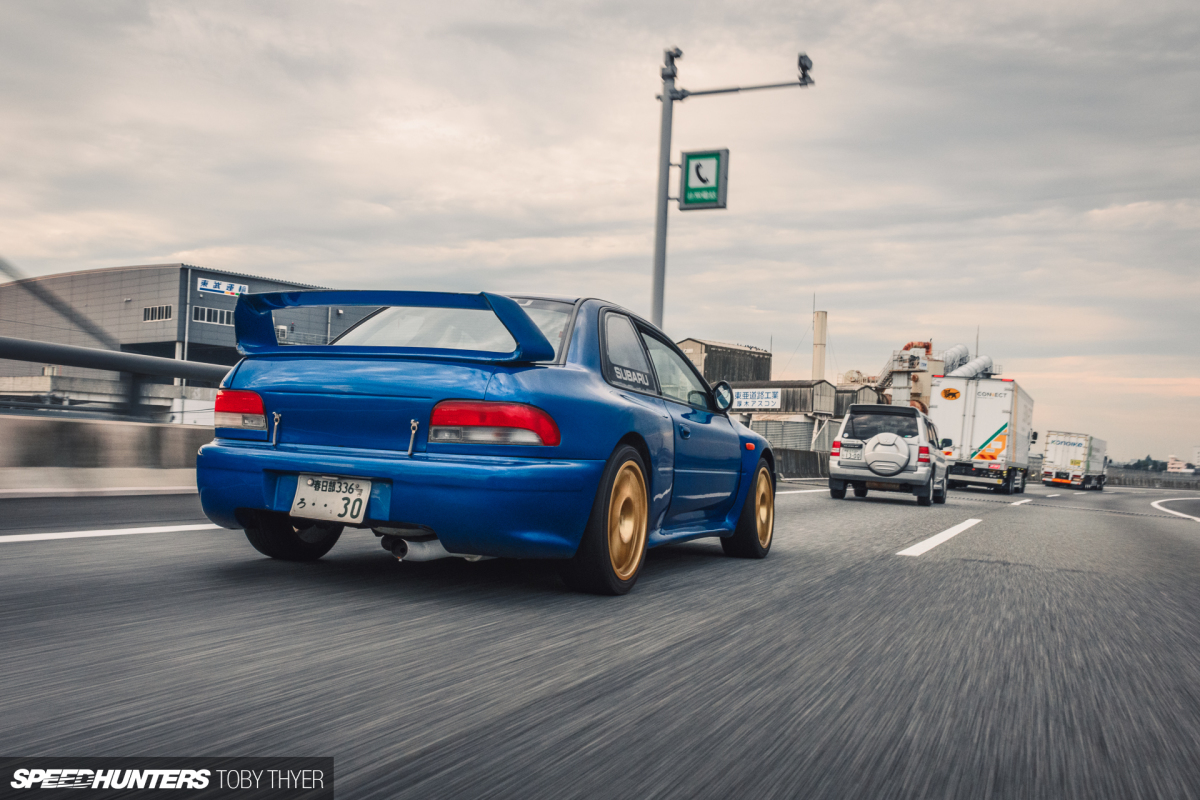
The Legend Lives On
After the global financial crisis in 2007/2008, Subaru reluctantly withdrew from the World Rally Championship stage. For a small company that had become the David to many Goliaths, it must have been a tough decision to make.
Luckily, the Impreza isn’t just a rally car though. It’s also a great road car, time attack car, grip car and autocross car. There are even people who drift and drag race them. Sure, the production Imprezas don’t quite live up to the durability of the works-built machines, but the peppy turbocharged flat-four engine and all-wheel drive makes them one of the most engaging affordable cars you can get your hands on.
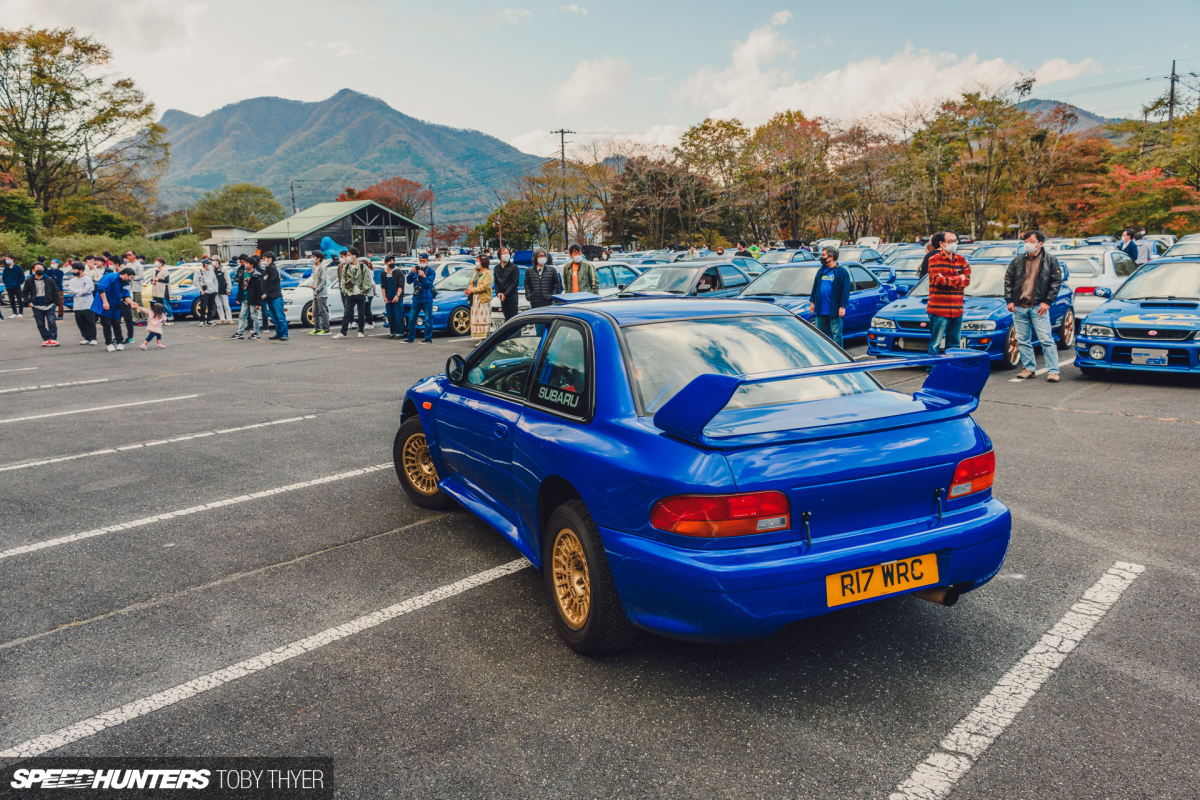
They continue to bring joy to thousands across the globe, and 3o years is an Imprezive milestone (get it?). The loyalty is still strong in Japan, and on this anniversary weekend, I made the pilgrimage to the iconic Mt Haruna (the real-world setting of Initial D) to join Teshima-san and a few hundred other GC8 nerds to celebrate the anniversary.
More on this plus a closer look at a very special Impreza soon.
Toby Thyer
Instagram _tobinsta_
tobythyer.co.uk
Additional Photos by Chaydon Ford
Instagram: chaycore
OFFICIAL SPEEDHUNTERS SUPPLIERS
For GREAT deals on a new or used INFINITI check out Germain INFINITI of Easton TODAY!
